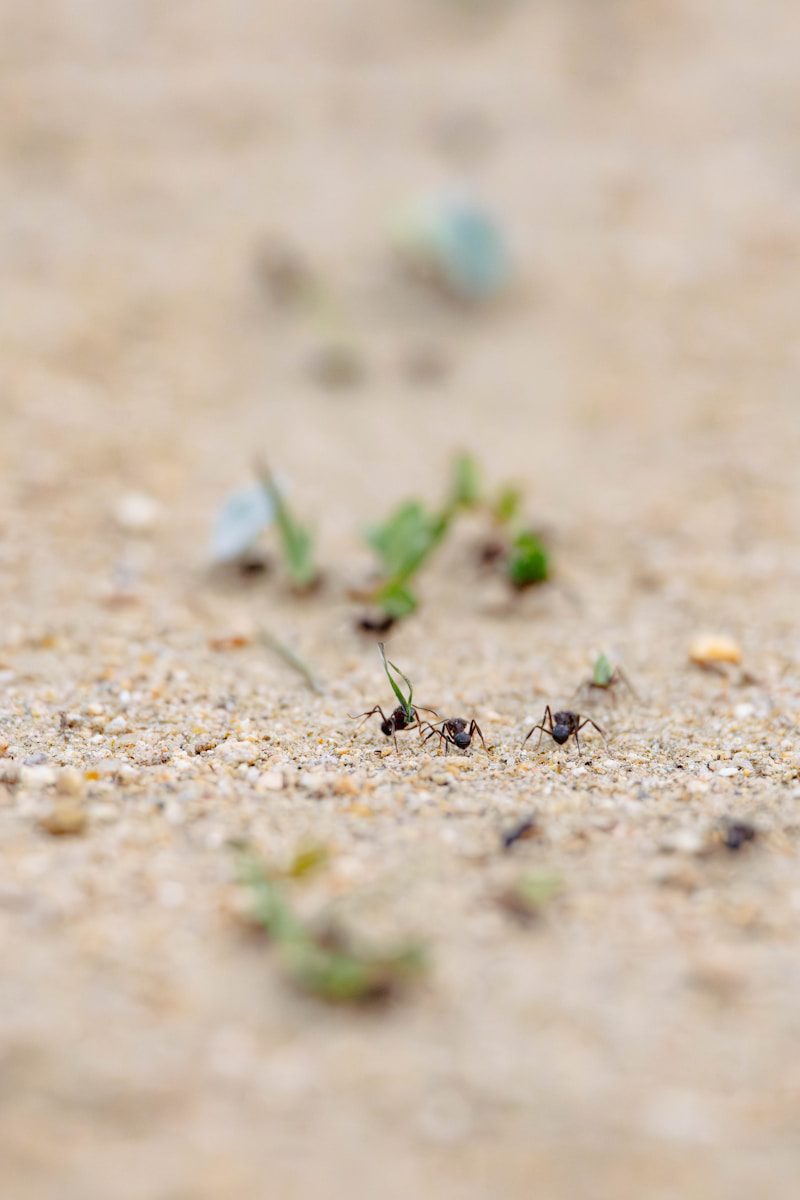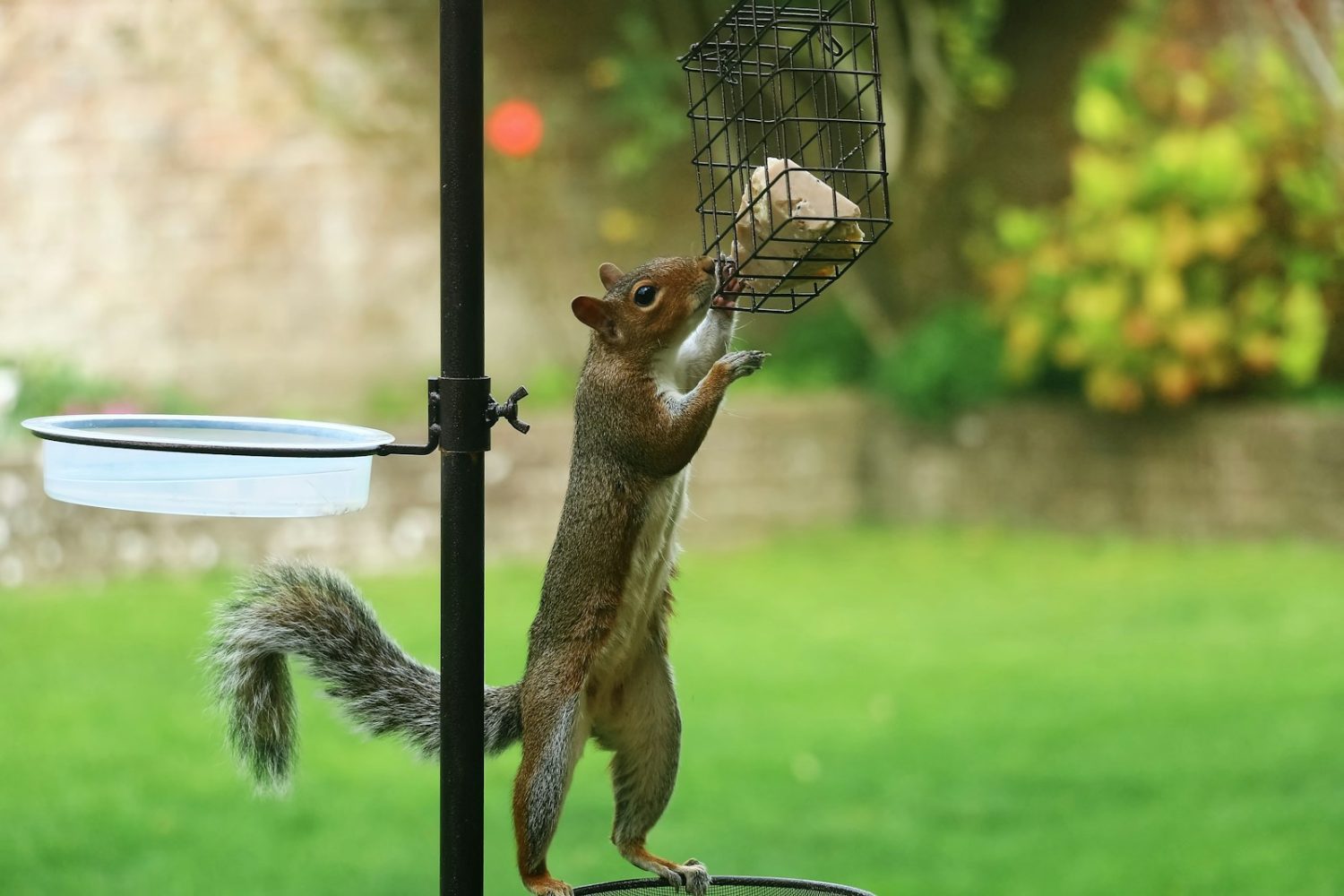How to Get Rid of Ants in the Garden
Ants are some of nature’s hardest workers. They dig, build, and scavenge with endless energy. In small numbers, they can even be helpful, aerating soil and cleaning up debris. But when colonies grow too large, they become a nuisance. They farm aphids, steal seeds, and sometimes disturb roots. If you’ve spotted lines of ants marching … Read more



